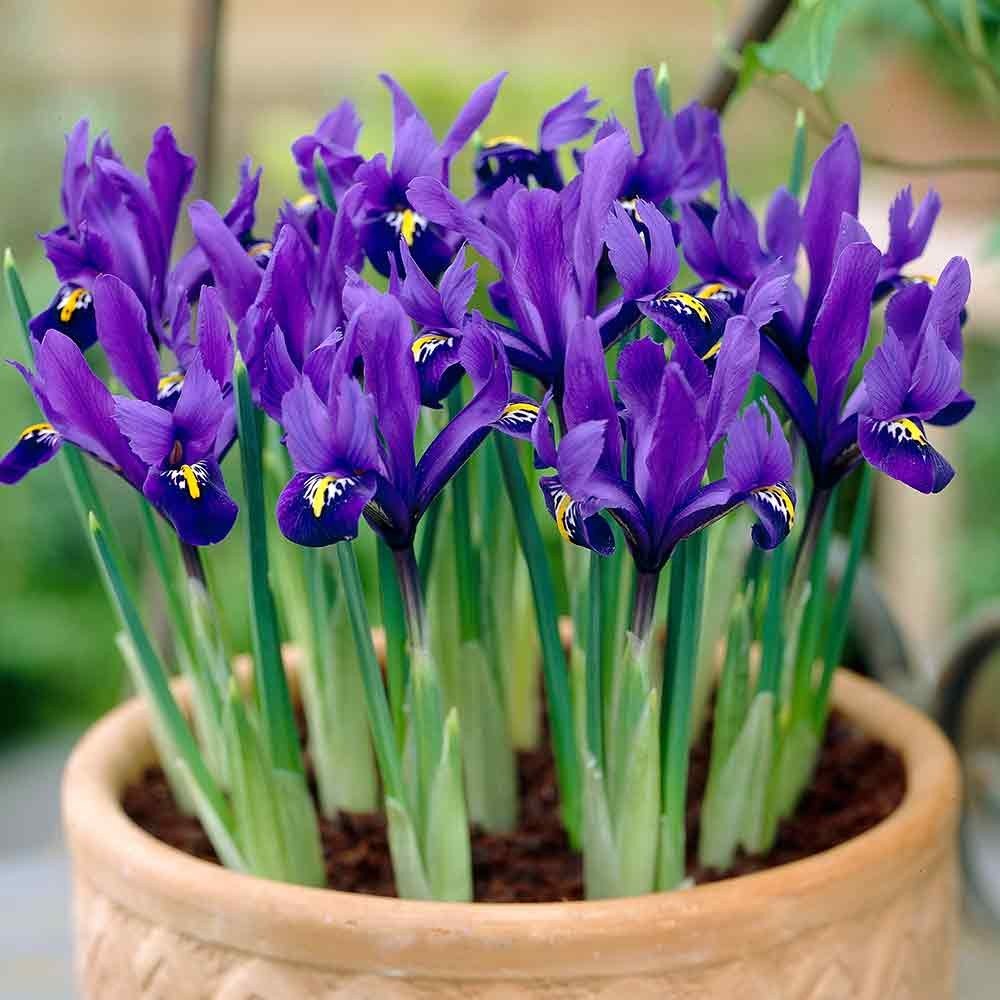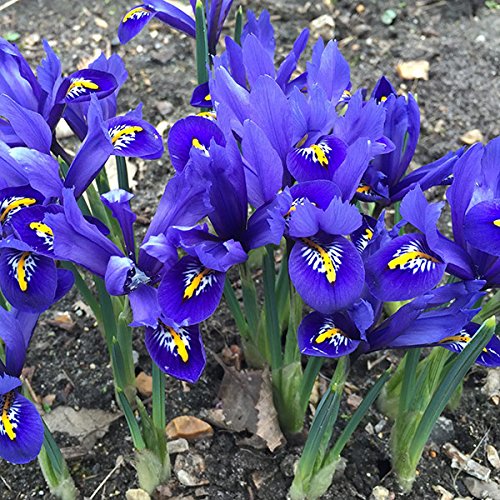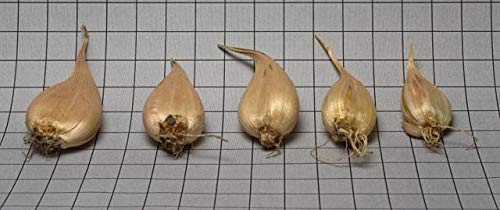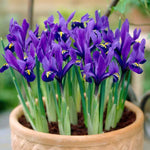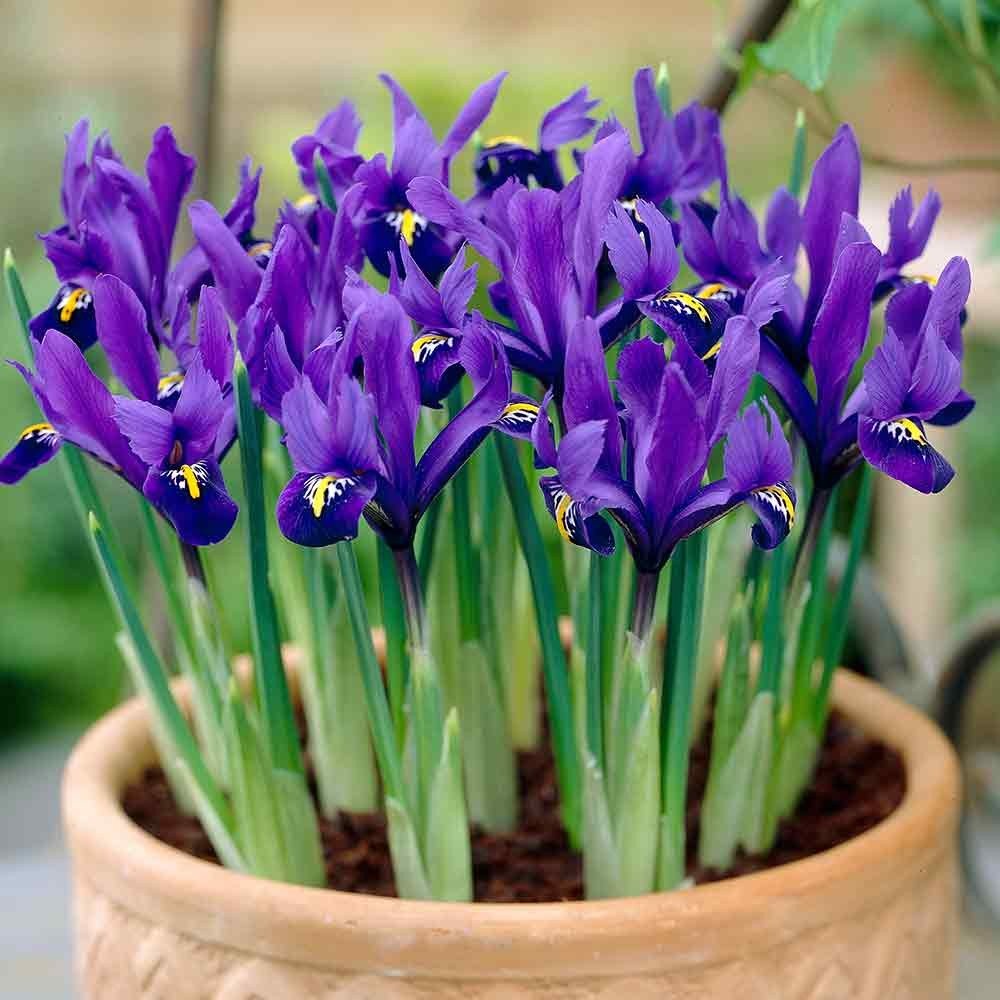
Dwarf Iris Reticulata,Flower Bulbs,fragrant, Blue or yellow
1996
$19.96
Unit price perEstimated delivery between October 14 and October 16.
Iris reticulata ,reticulata 'Harmony' - fragrant, bluebird-blue standards and royal-blue falls with white edged yellow blotch one of the best.Very small, extremely early flowering, fragrant iris that are perfect for forcing, rock gardens, woodlands, fronts of borders or creative 'lawn art' performs well in all types of soil as long as it's well-drained late winter to early spring 4 -8 whz 3-9 6+cm unless noted otherwise.
Iris reticulata, commonly called reticulated iris, is a bulbous perennial iris that is native to Turkey, the Caucasus, Northern Iraq and Iran. It is a low-growing purple-flowered reticulate or netted iris that blooms in March to early April in the St. Louis area, at about the same time as snowdrops (Galanthus), glory-of-the-snow (Chionodoxa) and the early crocuses. Striking purple 2.5” diameter flowers with gold crests and white streaks on the falls appear on naked stems (scapes) typically growing to 6-8 tall. Flowers have a sweet fragrance. Narrow, linear, 4-sided, grass-like leaves (usually 2-4 per plant) typically rise to the same level as the flower at the time of bloom, but elongate to 12-15” after bloom before eventually disappearing by late spring as the plant goes dormant.
Great for Bouquets
Large Blooms
Deer Won't Eat
Excellent Cut Flowers
Easily grown in average, medium, well-drained soil in full sun to part shade. Soil needs to stay relatively dry in summer in order for the bulbs to set buds for the following year. Plant bulbs 3-4” deep and space 3-4” apart in fall. Bulbs tend to separate into offsets or bulblets after bloom (particularly when planted shallowly), with each new bulblet requiring several years to mature. Although bulbs can be dug and divided (offsets removed) after bloom, it is probably best to do this only if flowering has significantly declined. In order to insure consistent flowering from year to year, it is an option to plant supplemental bulbs eac
Exported By ExportYourStore
Iris reticulata, commonly called reticulated iris, is a bulbous perennial iris that is native to Turkey, the Caucasus, Northern Iraq and Iran. It is a low-growing purple-flowered reticulate or netted iris that blooms in March to early April in the St. Louis area, at about the same time as snowdrops (Galanthus), glory-of-the-snow (Chionodoxa) and the early crocuses. Striking purple 2.5” diameter flowers with gold crests and white streaks on the falls appear on naked stems (scapes) typically growing to 6-8 tall. Flowers have a sweet fragrance. Narrow, linear, 4-sided, grass-like leaves (usually 2-4 per plant) typically rise to the same level as the flower at the time of bloom, but elongate to 12-15” after bloom before eventually disappearing by late spring as the plant goes dormant.
Great for Bouquets
Large Blooms
Deer Won't Eat
Excellent Cut Flowers
Easily grown in average, medium, well-drained soil in full sun to part shade. Soil needs to stay relatively dry in summer in order for the bulbs to set buds for the following year. Plant bulbs 3-4” deep and space 3-4” apart in fall. Bulbs tend to separate into offsets or bulblets after bloom (particularly when planted shallowly), with each new bulblet requiring several years to mature. Although bulbs can be dug and divided (offsets removed) after bloom, it is probably best to do this only if flowering has significantly declined. In order to insure consistent flowering from year to year, it is an option to plant supplemental bulbs eac
Exported By ExportYourStore
Vendor: Caribbean graden seed
B07D23R3VG
This product is from a small business brand. Support small.
1996
$19.96
Unit price per

